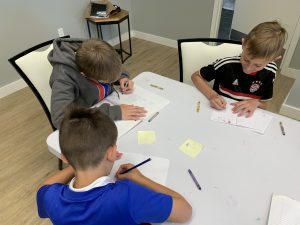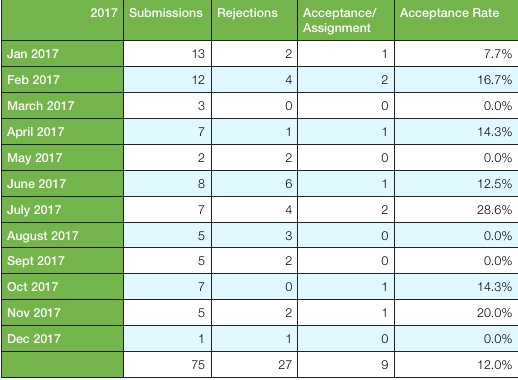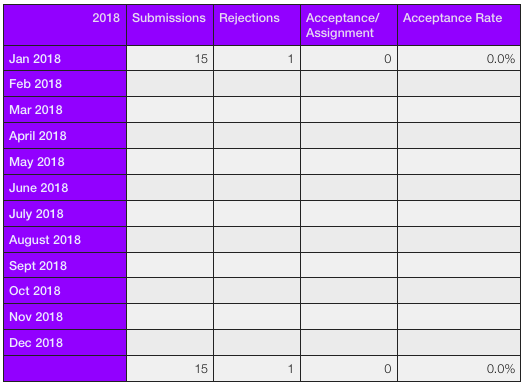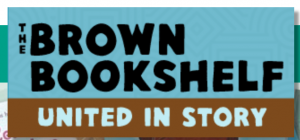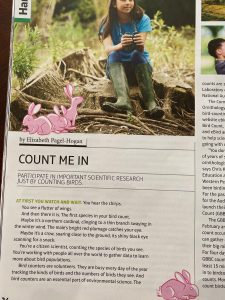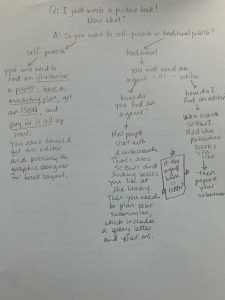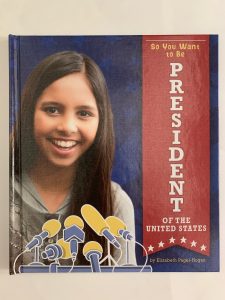This past summer, I had a great time hosting a Pittsburgh creative writing camp for kids ages 5-12. I didn’t plan to have such a wide age range, but lots of things in life happen different than we plan!
Before the class started, I had a pretty decent curriculum planned for kids ages 9-12. I was prepared for this age group, because I also host an after school writing club at our elementary school. But when I saw I had young kids in this camp, I had to REVISE the entire thing that first afternoon.
Luckily writers are familiar with revision.
I feel pretty proud of the new version of the camp. It’s perfect for pre-literate kids who want to write books. We review mentor texts – many books with little or no words! – then create our own. It’s a little bit of STEM, a little bit ELA, a little bit ART, and a lot of fun.
I’m planning to host a camp at a local bookstore this summer, so stay tuned!
